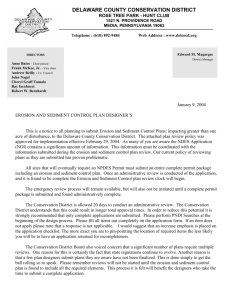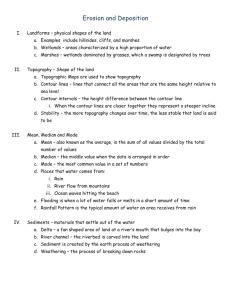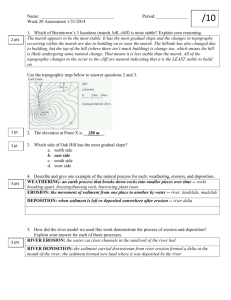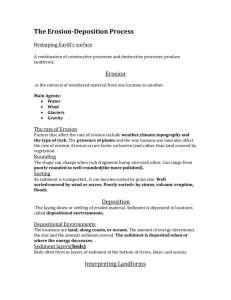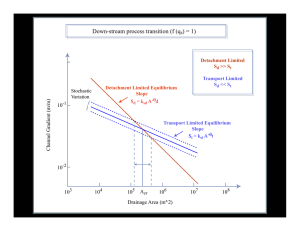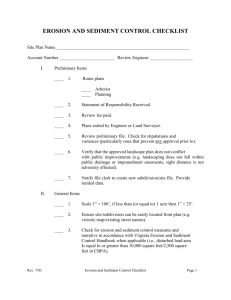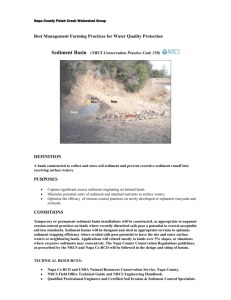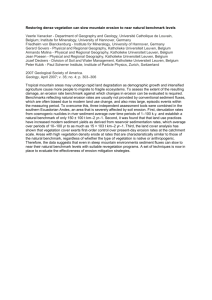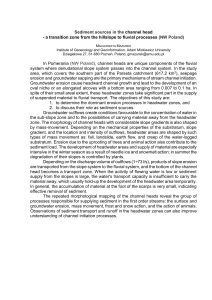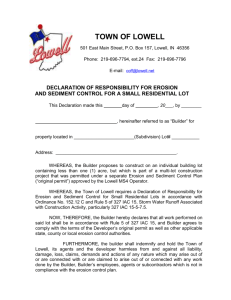The Geochemistry laboratory has a Kevex Omicron
advertisement
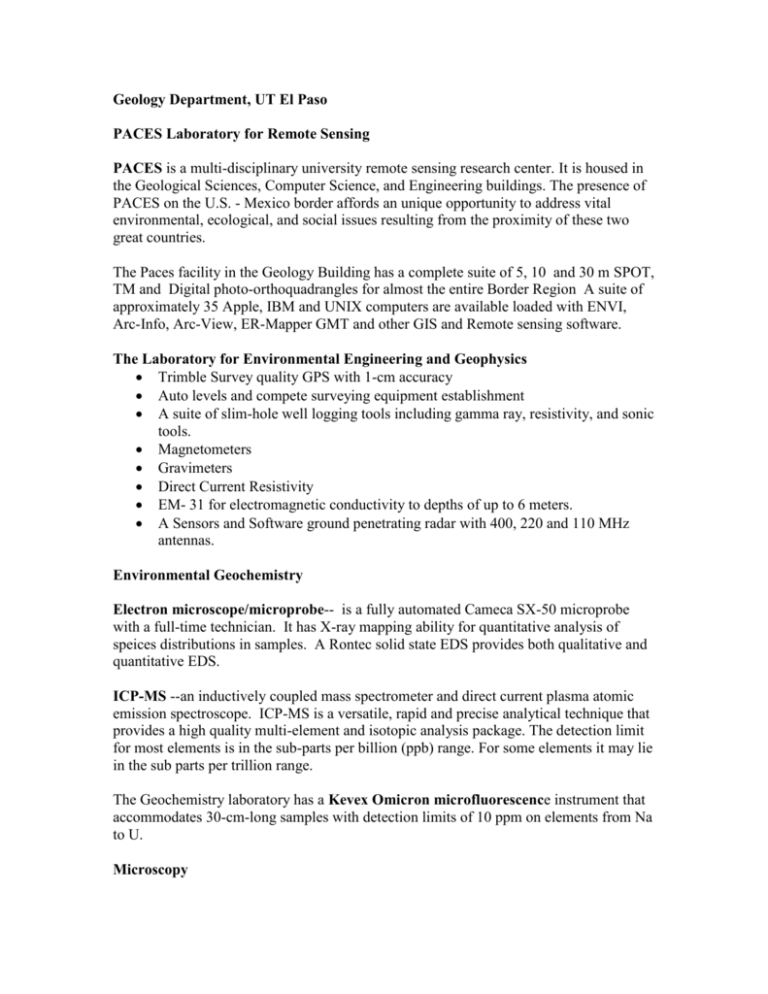
Geology Department, UT El Paso PACES Laboratory for Remote Sensing PACES is a multi-disciplinary university remote sensing research center. It is housed in the Geological Sciences, Computer Science, and Engineering buildings. The presence of PACES on the U.S. - Mexico border affords an unique opportunity to address vital environmental, ecological, and social issues resulting from the proximity of these two great countries. The Paces facility in the Geology Building has a complete suite of 5, 10 and 30 m SPOT, TM and Digital photo-orthoquadrangles for almost the entire Border Region A suite of approximately 35 Apple, IBM and UNIX computers are available loaded with ENVI, Arc-Info, Arc-View, ER-Mapper GMT and other GIS and Remote sensing software. The Laboratory for Environmental Engineering and Geophysics Trimble Survey quality GPS with 1-cm accuracy Auto levels and compete surveying equipment establishment A suite of slim-hole well logging tools including gamma ray, resistivity, and sonic tools. Magnetometers Gravimeters Direct Current Resistivity EM- 31 for electromagnetic conductivity to depths of up to 6 meters. A Sensors and Software ground penetrating radar with 400, 220 and 110 MHz antennas. Environmental Geochemistry Electron microscope/microprobe-- is a fully automated Cameca SX-50 microprobe with a full-time technician. It has X-ray mapping ability for quantitative analysis of speices distributions in samples. A Rontec solid state EDS provides both qualitative and quantitative EDS. ICP-MS --an inductively coupled mass spectrometer and direct current plasma atomic emission spectroscope. ICP-MS is a versatile, rapid and precise analytical technique that provides a high quality multi-element and isotopic analysis package. The detection limit for most elements is in the sub-parts per billion (ppb) range. For some elements it may lie in the sub parts per trillion range. The Geochemistry laboratory has a Kevex Omicron microfluorescence instrument that accommodates 30-cm-long samples with detection limits of 10 ppm on elements from Na to U. Microscopy Nikon polarizing microscopes with photographic capabilities for analysis of minerals and rocks. A fluid inclusion stage with both heating and chilling capabilities. Sediment and Surface Processes Laboratory Complete sediment particle sizing with sieve pipette and hydrometer analysis at 1/2 phi intervals. Constant Heard Hydraulic Conductivity apparatus Guelph Permeameter for in-situ Hydraulic conductivity of soils and surficial deposits X-Ray diffractometer, Nikon research polarizing microscopes for mineral identification and photomicroscopy. Current meter Field equipment including, augurs, AMS hammer core sampler, stream sediment sampler, soft sediment samplers for depths up to 8’ below the surface. The most recent acquisition is the ASSET -- Adjustable Shear Stress Sediment Erosion and Transport Flume Near-In-situ Erosion and Transport Measurement of up to 1-meter long cores. Determination of erosion changes with depth for unconsolidated, consolidated and stratified sediments Ability to determine the effect of organic binding, biotic crust and small vegetation on erosion. Determination of percent bedload and suspended load for different grain size mixtures. Potential Applications include: Erosion control , Sedimentation and sediment transport problems, erosion of contaminated sediments, scour, water turbidity, aquatic habitat Micropaleontology Micropaleontology lab equipped with HF-rated fume hoods, H20 distillation system, and centrifuges.






